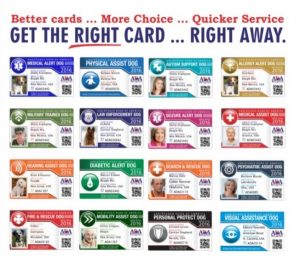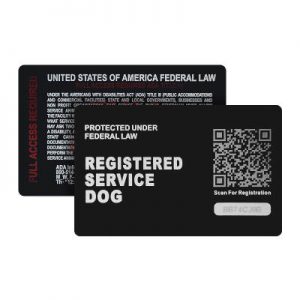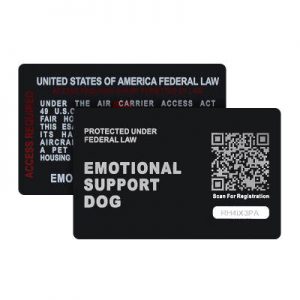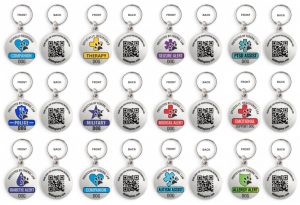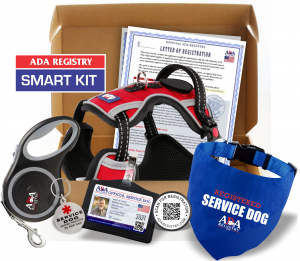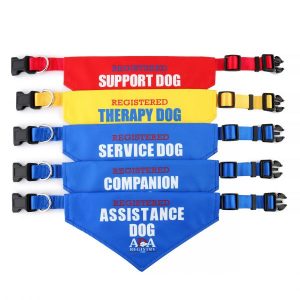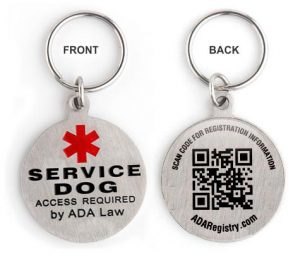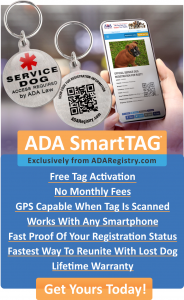Signs of Stress In Your Dog Checklist
STRESS SIGNALS CHECKLIST
Eyes:
[ ] dilated eyes
[ ] glazed over
[ ] squinting
[ ] whale eye (whites showing)
[ ] avoidance (eyes or head turned away)
[ ] direct stare
[ ] blinking
[ ] quick movements of the eyes
[ ] looks frequently to handler for direction
[ ] red eyes (mucus membranes turn red with increased blood pressure)
Face:
[ ] furrowed brow/scowling
[ ] veins popped out over eyes
[ ] ears uneven
[ ] ears up and aroused
[ ] ears plastered back
[ ] buries head like ostrich
[ ] quick movements of the head
Mouth:
[ ] licking lips or nose
[ ] clomping jaw
[ ] yawning
[ ] panting – too wide
[ ] panting – too shallow
[ ] velvet tongue
[ ] snarling, lip curling, showing teeth
[ ] drooling
[ ] air snaping
[ ] whiskers slicked back or pricked forward
Vocalizing:
[ ] whining
[ ] screaming
[ ] excessive barking
[ ] sharp yipping
[ ] growling
Posture:
[ ] stiff
[ ] avoidance
[ ] cowering
[ ] hiding in back
[ ] turning away
[ ] stretching
[ ] tail up (when it usually isn’t)
[ ] tail down (when it usually isn’t)
[ ] stiff-legged walk
[ ] freezing
Others:
[ ] slow or shallow breathing
[ ] sniffing
[ ] trembling
[ ] clinched toes
[ ] red pigment ears/eye rims
[ ] normally white skin looking pinkish (increased blood pressure) look in the ears where hair is thin
[ ] chewing/scratching at self
[ ] self injury/mutilation
[ ] spinning/circling
[ ] digging/escape behaviors
[ ] chewing at bars
[ ] rubbed at top of nose
[ ] passing gas
[ ] sweaty/moist paw prints on floor
[ ] blowing coat
[ ] unexplained loss of weight
[ ] unusually loose feces
[ ] loss of bladder or bowel control
[ ] goosing, shoving or poking handler
[ ] leaning into or hiding behind handler
[ ] lethargic
[ ] attention seeking
[ ] circling or arcing
Dogs may exhibit some of these signs even when experiencing happy stress. For example, a wedding is considered a very happy time for humans, but it is still stressful. I have a dog who raises her hackles every time she catches a frisbee in the air. She’s not scared of the frisbee, just excited at her accomplishment.
If your dog is showing signs of stress above the norm, then your first course of action should be to remove him from the stressor. Find a quiet place to decompress.
You can give calming signals to your dog, such as lip licking, yawning or blinking. These signals indicate stress because the dog is attempting to calm himself, or to calm others in the area that he thinks might be about to lose it. Giving the signals back to him can help to calm him.
Do not attempt to comfort your dog. This will tend to confirm his worst fears and cause him to be less confident in future stressful situations. Instead, calmly remove the stressor, or remove the dog from the source of stress and help him calm down. If you feel you must puppy talk your dog or give affection, ask him first to do something to earn praise. It can be something simple, but if you offer praise for being stressed, you may tend to perpetuate the stress or cause it to appear more easily in future. Always give affection for desirable behaviors.
Some dogs respond well to doodle work when stressed. The idea with doodle work is to run a series of simple commands but with rapid changes so that the dog must focus on the commands and forget about his worries. Sit, down, heel, front, down, finish, sit, etc. but in rapid succession.
Service dogs will tend to follow the lead of their handler. Lead by example by exuding calm and confidence in stressful situations. Show proper stewardship by protecting your dog from stress.

